Joseph-Aukuso Suaalii has the potential to be for the Wallabies and Australian rugby what Israel Folau could not
For most of his career, Joseph-Aukuso Suaalii has been pushed and pulled in different directions by those who want something from him and two rugby codes that claim him as their own when he belongs to both. I just want to watch Suaalii play.

Snatching Joseph-Aukuso Suaalii from rugby league cost Hamish McLennan the Rugby Australia chairmanship while exposing the toxicity and pettiness that courses between both codes.
Yet the signing already looms as a game changer for a game in need of a superhero. He has the potential to be for Australian rugby what Israel Folaucould not.
At the very least, he’ll get the turnstiles at Waratahs matches spinning again, starting with Friday night’s Super Rugby opener against the Highlanders.
It’s been almost two years since Suaalii signed a $5m, three-year deal with Rugby Australia, yet the chatter about who wanted him and who didn’t hums in the background.
RA chief executive Phil Waugh still won’t confirm if he was at a dinner at McLennan’s Lavender Bay home that kicked off negotiations.
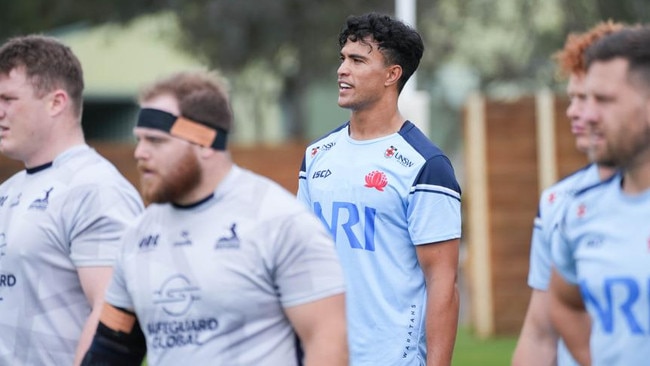
There’s also lingering speculation RA officials made an “informal approach” to Suaalii’s NRL club, the Sydney Roosters, last year about wriggling out of the deal amid concerns about servicing his enormous contract.
Rugby types say this is rubbish. Rather, it was the Roosters who sounded them out about having Suaalii back for the 2026 NRL season, meaning he could play for the Wallabies against the British and Irish Lions this year, win an NRL premiership for them next year, then become the face of the Wallabies for the 2027 Rugby World Cup on these shores. The Roosters deny this was ever flagged.
These machinations, real or imagined, are quite boring.
I just want to watch Suaalii play, whether it’s on a rugby league or rugby union field.
But they’re arelevant part of his story. For most of his career, he’s been pushed and pulled in different directions by those who want something from him and two rugby codes that claim him as their own when he belongs to both.
You can trace it back to when he was 12. Art dealer Steve Nasteski lured him from his home in Glenmore Park in Sydney’s west to play rugby league alongside Nasteski’s son at the Coogee Wombats.
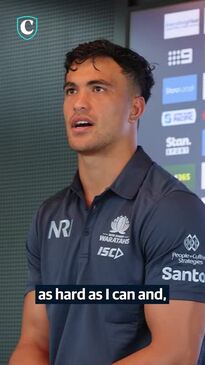
Soon after, Nasteski approached South Sydney about snapping him up, which was quickly rejected because it would’ve breached NRL rules. In the decade since, Suaalii has been stuck in the middle of tussles between Souths and the Roosters; Souths co-owner Russell Crowe and Roosters chair Nick Politis; Politis and Suaalii’s controversial manager Isaac Moses; and, of course, the 117-year-old brawl between rugby union and league.
Indeed, the NRL exposed its prodigious glass jaw when Suaalii jumped codes in March 2023. “Go now!” fumed Canterbury Bulldogs boss Phil Gould. “Don’t let the door hit you on the arse on the way out! Go! Go now! Gone!”
Throughout all this, Suaalii has never flinched. Never been distracted. Never been anything but his humble self.
The Waratahs tell you he’s been a revelation around their set-up: the first to training, the last to leave, carrying tackling and goalposts pads with him.
It was the same at the Roosters when he arrived as a teenager and displayed the work ethic of a seasoned player, spending more time than anyone else in the video room analysing the opposition.
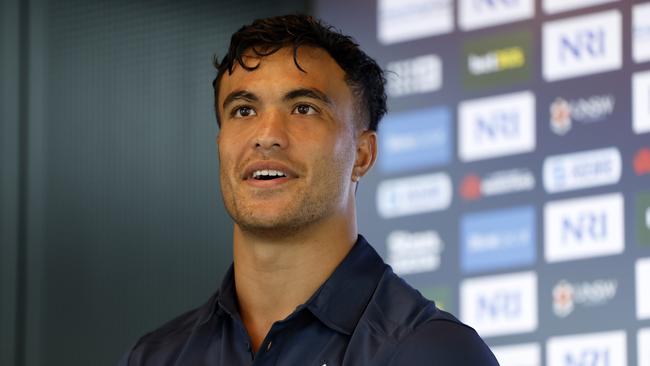
Senior players figured that sort of enthusiasm would eventually fade. In time, they realised this was just how Joey Suaalii went about his business. Comparisons were made with another wildly successful code jumper, Sonny Bill Williams, who won a World Cup with the All Blacks before winning the 2013 NRL title with the Roosters.
Keeping Suaalii was more than a vanity project for the Roosters. They saw him as the long-term replacement at fullback for Australian and NSW captain James Tedesco, who is 32 and edging closer to retirement.
Politis rarely loses in business and even less so in the cut and thrust of player negotiations, so it was a significant victory for McLennan when he secured Suaalii.
The fallout has been significant. Politis feels he was played by Moses and refuses to take his calls. Few club bosses would have the strength to sideline the NRL’s most influential agent.
Roosters coach Trent Robinson holds no such grudges. He’s seen superstars come and go, including Williams, who returned to the All Blacks to win a second World Cup. What stings the Roosters the most is the Wallabies and Waratahs have procured Suaalii just as he is starting to evolve into the dominant player he was always going to be.
His Wallabies debut, against England on last year’s Spring Tour, underlined that very point.
Here he was, playing his first game of rugby since attending The King’s School at Parramatta, dazzling the Twickenham crowd with an array of clever touches, offloads and the fabled running rugby for which the Wallabies were once equally admired and feared.
He played outside centre that night but has been selected at fullback for the Waratahs for his Super Rugby Pacific debut. Wallabies great Matt Burke reckons he should stay in the centres, but others argue he needs the ball in his hands as much as possible – if only to justify the massive spend.
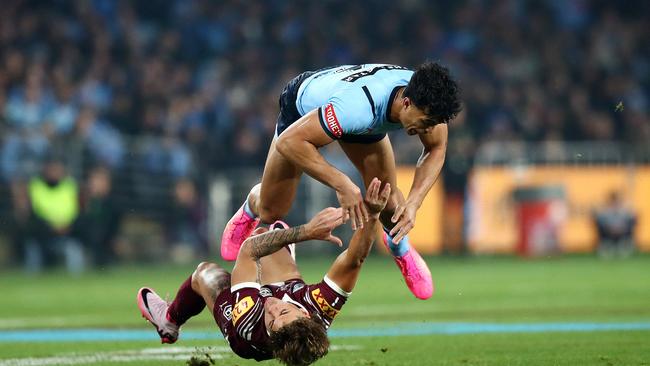
Regardless of where he plays, Suaalii has the potential to become Australian rugby’s most important cross-code signing since Lote Tuqiri, Mat Rogers and Wendell Sailor.
And certainly more than Folau, who burned the AFL’s fingers during his time at Greater Western Sydney then almost burned RA to the ground when he said gays and drunks and so on would burn in hell. (The Roast of Izzy Folau: make it happen, Netflix.)
Suaalii can right so many of rugby’s ills, just by being the player and man he’s already shown himself to be.
When they were in their pomp, the Waratahs pulled crowds of 30,000 through the gates at the old Allianz Stadium. Their average last year was 12,000, with 15,000 expected on Friday.
The last thing rugby should do is beat its chest about getting one over rugby league.
Suaalii might have a two-year option his way for 2028 and 2029, but he’s already shown in his short career that the only constant in his life is change.



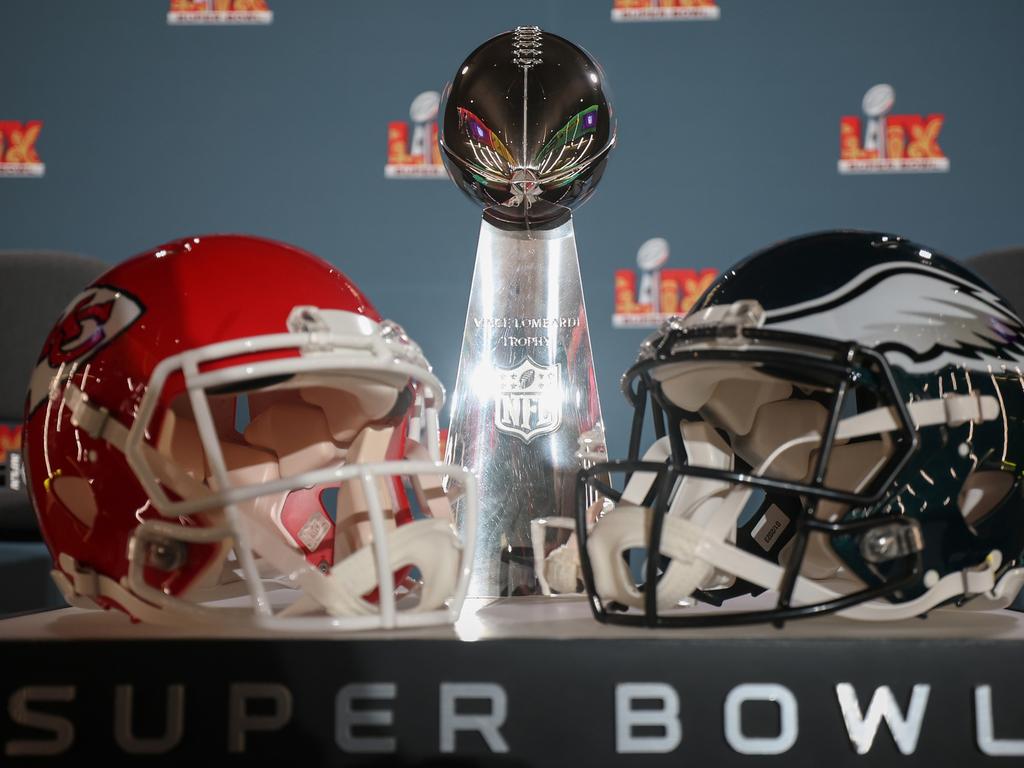



To join the conversation, please log in. Don't have an account? Register
Join the conversation, you are commenting as Logout